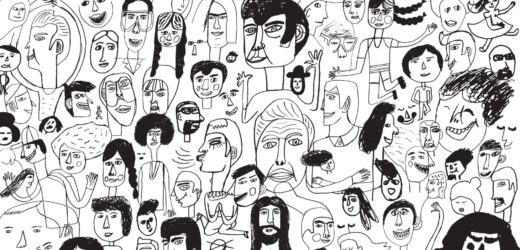“There's just not enough time in class with students!” It's a common faculty complaint, and when students are provided quality course materials they can use outside class, this blended learning approach gives faculty more time in class. A variety of materials can be developed for use outside class. In this article, we'd like to focus on creating video content that students use for a blended learning course.
Related Articles
I have two loves: teaching and learning. Although I love them for different reasons, I’ve been passionate about...
Could doodles, sketches, and stick figures help to keep the college reading apocalypse at bay?...
We’ve all faced it: the daunting stack of student work, each submission representing hours of potential grading. The...
Storytelling is one of the most powerful means of communication as it can captivate the audience, improving retention...
For some of us, it takes some time to get into the swing of summer. Some of us...
About a year ago, I decided to combine the ideas of a syllabus activity and a get-to-know-students activity....
The use of AI in higher education is growing, but many faculty members are still looking for ways...









